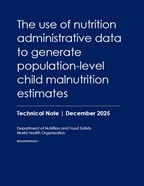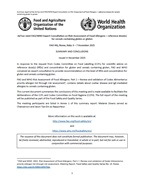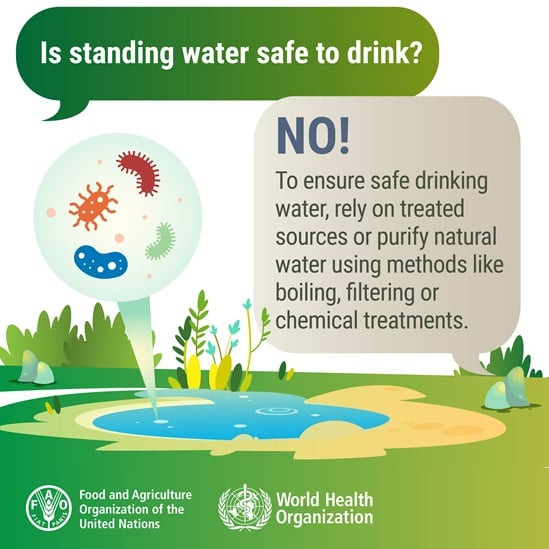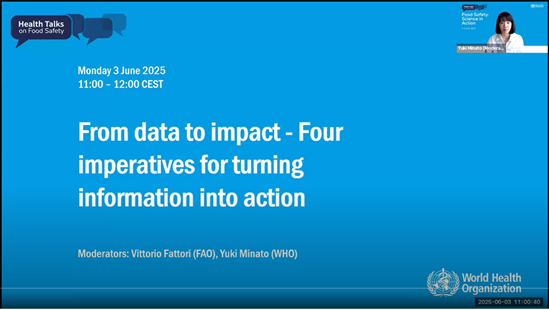Multisectoral Actions in Food Systems (AFS)
The multisectoral Actions in Food Systems (AFS) Unit defines implementation tools to strengthen food systems; support multisectoral policies to improve safety, quality and sustainability of food; engages with stakeholders in the food chain, and monitors policy implementation. The Unit provides support to WHO’s Member States in reducing the burden of diseases caused by unsafe food, unhealthy diets, and malnutrition in close collaboration with UN partner agencies, and other international organizations and stakeholders.
News
All →Technical information
Groups
Campaign and Initiative
Five keys to safer food
Videos
This animated film was developed to explain the WHO Five Keys to Safer Food to general public from 9 to 99 years old, and encourage their practice at home. The Five Keys to Safer Food is a WHO global health message that everybody should know all over the world to prevent foodborne diseases and improve health.
Albanian
Arabic
Azerbaijani
Azerbaijani (short)
Bosnian
Cantonese (subtitled in Chinese)
Chinese
English
English (short)
Poster
Events
All →Publications
All →Prioritizing food safety issues related to chemical water quality in agrifood systems
Reliable access to safe and sufficient water is critical to food security and protecting public health. However, water systems face unprecedented pressure...
Evaluation of certain food additives: one-hundredth report of the Joint FAO/WHO Expert Committee on Food...
The One-hundredth meeting of the Joint Food and Agriculture Organization of the United Nations (FAO)/World Health Organization (WHO) Expert Committee on...
Risk assessment of Listeria monocytogenes in foods: part 2: Risk assessment: meeting report
The 52nd Session of the Codex Committee on Food Hygiene (CCFH) requested the Joint FAO/WHO Expert Meeting on Microbiological Risk Assessment (JEMRA) to...
Assessment tool
Food control system assessment tool: dimension D: Science / Knowledge base and continuous improvement
Dimension D looks at the necessary features for the system to build its scientific soundness and to keep abreast of new scientific developments and innovations,...
Dimension C identifies the interactions that must take place for the system to regularly adjust to national and international stakeholders’ evolving...
Dimension B focuses on the processes and the outputs of the national food control system. It revolves around the control functions that must be exercised...
Dimension A aims at mapping the fundamental elements necessary for the system to operate. These range from legal and policy instruments to financial assets,...
National food control system plays a pivotal role in protecting the health of consumers and ensuring fair practices in food trade. When we are able...
Documents
All →
Nutrition and Food Safety News - September-October 2025
This edition of the NFS Newsletter features key activities we undertook in September and October 2025.

The use of nutrition administrative data to generate population-level child malnutrition estimates: technical...
The purpose of this technical note is to provide evidence-based recommendations in the collection, quality assessment and analysis of individual-level...

Ad hoc Joint FAO/WHO Expert Consultation on Risk Assessment of Food Allergens – reference dose(s) for...
In response to the request from Codex Committee on Food Labelling (CCFL) for scientific advice on reference dose(s) (RfDs) and concentration for gluten...










